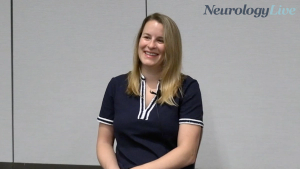|Videos|March 3, 2021
The Migraine Patient Journey: Episodic Migraine and CGRP Inhibitors
Patient and clinician insight regarding the challenges associated with migraine and best approaches to preventing and managing attacks with lifestyle intervention and newer therapies.
Advertisement
Newsletter
Keep your finger on the pulse of neurology—subscribe to NeurologyLive for expert interviews, new data, and breakthrough treatment updates.
Advertisement
Related Articles
 Current Challenges and New Opportunities Ahead for Women in Neurology
Current Challenges and New Opportunities Ahead for Women in NeurologySeptember 15th 2025
Latest CME
Advertisement
Advertisement
Trending on NeurologyLive - Clinical Neurology News and Neurology Expert Insights
1
Stem Cells of Secondary Progressive Multiple Sclerosis Drive Increased Proinflammatory T-Cell Activity
2
Daridorexant Provides Relief for Insomnia in Women During Menopausal Transition
3
RELIEV-CM Pilot Study Data Further Supports ShiraTronics’ Neuromodulation Device to Treat Chronic Migraine
4
Insights Into the Neurobiology of Stuttering From 2025 STARS Conference: Shahriar SheikhBahaei, PhD
5












































